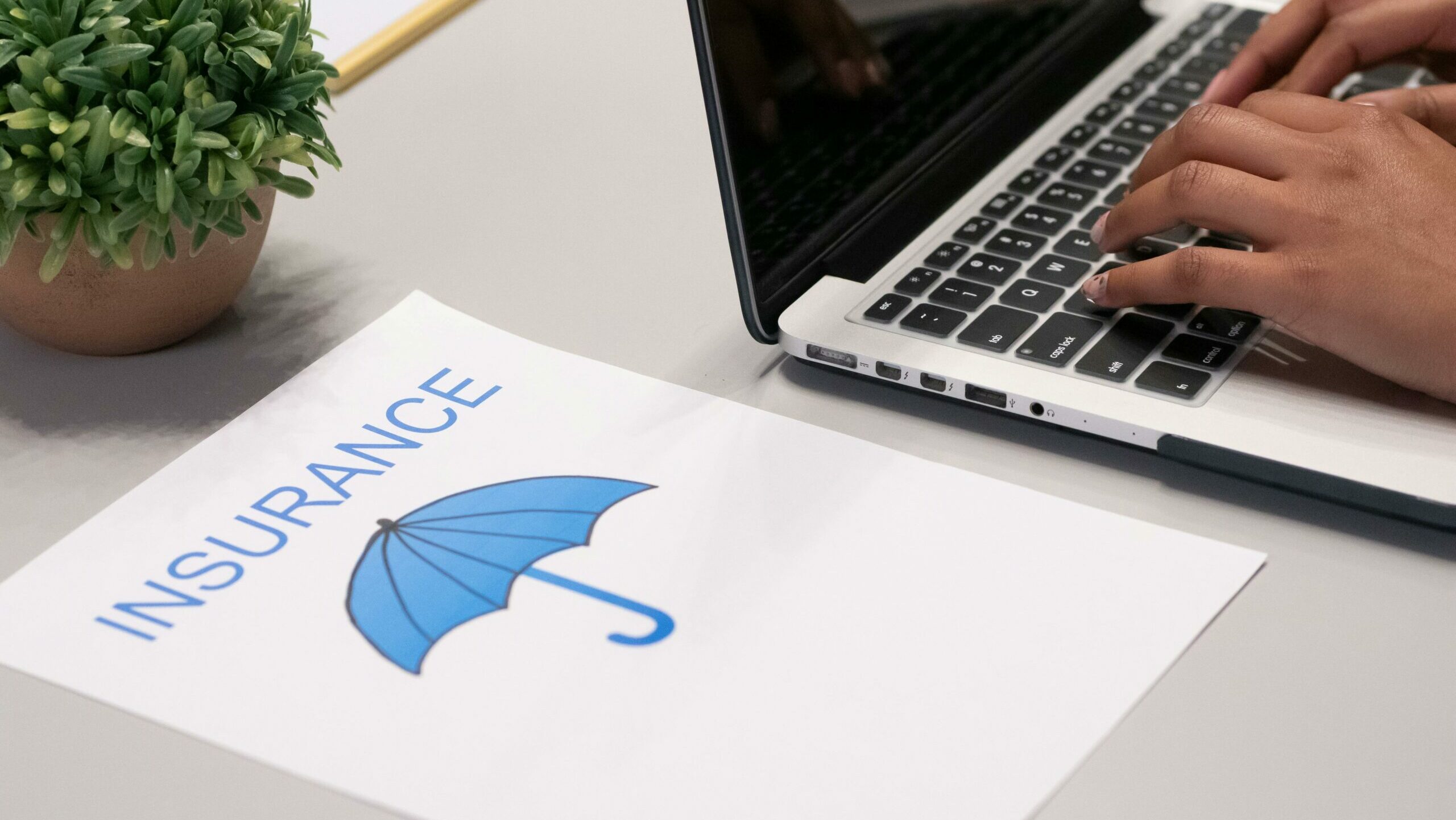How Inflation Is Reshaping Personal Savings Goals in the U.S.
Inflation isn’t just an economic headline — it’s a personal reality shaping how millions of Americans save, spend, and plan for the future. As everyday costs continue to rise in 2026, from groceries to housing, Americans are rethinking what “saving enough” really means. Traditional financial benchmarks are shifting, and the new challenge is not just to save — but to preserve purchasing power in an unpredictable economy.

The New Normal of Rising Costs
Over the last few years, inflation has had a ripple effect across nearly every sector. Essentials like food, gas, and healthcare have become noticeably more expensive, while wages have struggled to keep pace. According to Federal Reserve data, the average household now spends nearly 18% more on core expenses than it did five years ago.
For many, this means the old rule of saving 20% of your income feels unrealistic. Households are prioritizing short-term financial stability — paying bills and managing debt — over long-term goals like retirement savings. The new financial mindset? Adaptability over rigidity.
Rethinking the Meaning of “Emergency Fund”
Once considered a safety net for 3–6 months of expenses, the modern emergency fund now looks different. Rising living costs mean that what used to cover half a year might now last only three months. Experts suggest updating emergency funds annually to reflect real spending trends rather than static goals.
Additionally, many Americans are exploring high-yield online savings accounts and money market funds that offer better returns than traditional bank accounts. With interest rates still above pre-pandemic levels, the goal is to make every saved dollar work harder against inflation’s erosive effects.
Shifts in Saving and Investment Strategies
Inflation has pushed people to reconsider where they keep their money. While traditional savings accounts remain popular for their safety, they often lag behind inflation — effectively reducing value over time. This has led to a surge in alternative savings strategies:
Index funds and ETFs are seeing strong inflows as Americans seek stable, long-term growth.
Certificates of Deposit (CDs) with higher short-term yields have become attractive for conservative savers.
Treasury Inflation-Protected Securities (TIPS) are gaining renewed attention as a hedge against rising prices.
Even casual investors are becoming more financially literate, comparing annual yields and inflation rates before committing to savings vehicles.
How Inflation Is Redefining Retirement Planning
For those approaching retirement, inflation has introduced new layers of complexity. Rising healthcare costs and longer life expectancies are forcing Americans to reassess how much they’ll need to retire comfortably. The classic “$1 million rule” for retirement is being replaced by a more dynamic approach — one that accounts for location, lifestyle, and inflation-adjusted returns.
Financial advisors now recommend incorporating inflation estimates into every long-term projection. That means adjusting savings targets, recalculating withdrawal rates, and choosing investments that historically outpace inflation.
Everyday Spending Adjustments
Inflation isn’t only reshaping savings strategies — it’s changing daily habits. More Americans are embracing budgeting apps like YNAB and Mint to track price fluctuations and avoid impulse purchases. Loyalty programs, cashback apps, and bulk buying are on the rise as households look to stretch dollars further.
Meanwhile, discretionary spending — dining out, streaming subscriptions, luxury items — is being replaced by value-based spending, where people prioritize experiences and essentials over trends.
The Psychology of Saving in Inflationary Times
Beyond numbers, inflation affects confidence. Constantly rising prices can create a sense of “why bother saving?” — a dangerous mindset that financial planners are urging Americans to resist. Even modest, consistent savings provide security and build resilience against future volatility.
Some experts encourage adopting a 50/30/20 budgeting approach, modified for inflation:
- 50% on needs (adjusted as prices rise),
- 30% on wants (reduced where possible),
- 20% on savings and debt repayment (protected, not sacrificed).
Technology’s Role in Smarter Saving
Digital banking tools now help Americans combat inflation more strategically. AI-driven financial platforms offer personalized advice, simulate inflation impacts, and suggest adjustments in real time. Apps like Empower, Rocket Money, and Monarch Money allow users to link accounts, monitor interest rate changes, and automate savings transfers for better results.
This tech-driven transparency is empowering people to take control rather than react to inflation.
The Bottom Line
Inflation may have changed the rules, but it hasn’t changed the goal: financial security. Americans are learning that saving isn’t just about setting money aside — it’s about making informed, adaptable choices. By leveraging smarter tools, reassessing financial priorities, and staying disciplined, households can navigate inflation without losing sight of their long-term goals.
In 2026, the savviest savers aren’t those avoiding inflation — they’re the ones outsmarting it.







